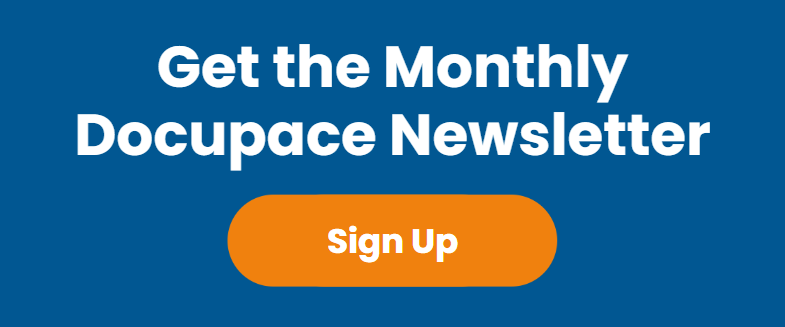Even in a world of TikTok shorts, Instagram reels, and automated text messages, email marketing still plays an important role. According to 2021 statistics, email marketing regularly holds average returns of $36 for every dollar spent — outpacing other marketing channels.
On top of this high return rate, consumers generally seem less opposed to marketing emails than other forms of communication from companies. 61% of customers report enjoying promotional emails, with 38% saying they actually want them sent more frequently.
Although finance newsletters are different from other sales-oriented emails, they can still benefit from a well-executed marketing plan. By learning good content creation strategies, firms can differentiate themselves from competitors and forge long-lasting relationships with their readership and clientele. This post breaks down three best practices for generating stellar content for financial advisor newsletters.
Try Something New with Your Content
One idea for generating content is to lean into current email marketing trends. A great way to keep your finger on the pulse is to regularly check industry email statistics and see what’s working. Like social media trends, recommended strategies for email marketing change often, and leading platforms regularly publish new studies and blog posts. These insights can be extremely valuable, particularly if your firm wants to experiment with content marketing without breaking the bank.
One “hot” email marketing trend is integrating user-generated content into messaging. User-generated content (UGC) refers to any image, video, text, or audio content created by the end-user of a product. This type of content tends to perform better than brand-produced content since it comes from an actual user.
Showcasing UGC in a financial newsletter may require some creativity, but it could pay off with higher open rates and click-throughs to your site. Running a contest highlighting art projects from your customers’ children or asking users to write a short article on how financial advice has impacted their lives can showcase your company’s value.
Another option to lean into is creating interactive email content. Interactive content may require more technical or design wherewithal but can greatly increase engagement rates. Some examples of interactive content include animated buttons, product carousels, accordion features that reveal more content when clicked on, and rollover effects that highlight services within specific packages.
In short, researching existing email marketing trends can keep your content fresh and engaging while reinforcing that your firm is at the cutting edge of technology and messaging.
Don’t Be a Robot: Create Readable, Human-Centric Content
A common mistake email marketers make is being categorized — whether automatically via inbox or manually by the user — as spam. Making newsletters personalized and readable can do wonders creating an additional customer-business touchpoint and increasing ROI.
One easy tweak to avoid spam categorization is to ensure that your newsletter comes from a real person and not a generic company email. Users are far more likely to click into an email from a real person, perhaps a manager or financial advisor they know well. Similarly, an individualized email address is less likely to find itself in the “Junk” folder of a recipient’s inbox.
Write as if you were talking to a friend or family member. Placing yourself in a personal context with your customers helps your writing feel natural and flow well. Newsletters should feel accessible by the majority of your clientele, and overly formal language or confusing subject lines can turn readers off.
Give Your Readers What They Want
Finally, good content is content that your customer base actually wants to read. Sending newsletters with information that is not useful — or worse, just plain boring — won’t result in any positive future engagements between advisors and customers. How do you ensure that your content is relevant and interesting to your entire send list?
Segmentation is a great way to route relevant information to a wide variety of customers with disparate interests, needs, and expectations. Audience lists can be categorized and created based on various characteristics, including demographics, gender, and financial background. Separating these customers means you can craft content specific to each group. Younger audiences may appreciate hearing about investment opportunities that prioritize sustainability, while clients with children may want to learn about college savings options.
If you don’t have the time or resources to invest in segmentation strategies, that’s ok. A relatively simple way to provide relevant content is to put yourself in your customer’s shoes and think about topics that interest you. Offering industry insights from webinars or conferences that your customers wouldn’t normally have access to could also provide expert information to interested readers.
Ultimately, making your newsletter content timely, fresh, and personal is the best way to earn a dedicated readership among your customer base. More than anything else, good newsletter content can generate trust, a key requirement for healthy advisor-client relationships. To learn more about developing strong client relationships, contact Docupace.





